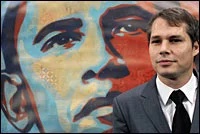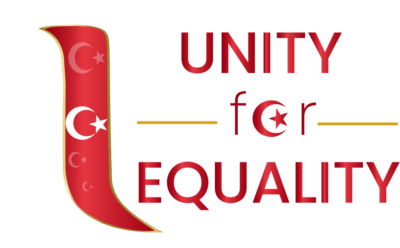
Jewel Samad/AFP / Getty Images
The second reason I’m mentioning Milton Glaser in my ethics entries is because he had a say on Shepard Fairey’s Obama Hope poster, when he was interviewed in PRINT online: and said that “For myself—this is subjective—I find the relationship between Fairey’s work and his sources discomforting. Nothing substantial has been added.“
The fact that Fairey used Obama’s photo from the AP without obtaining
a license from the AP is clearly a violation. However, I personally don’t agree with Milton Glaser that Fairey didn’t add anything to the poster. He indeed did, and as a matter of fact he was influenced by Glaser’s work, particularly Dylan poster 1966. or Mad Men for the final season 2014. Unlike Mr. Fairey, Milton Glaser was the original creator of his artwork. Imitation could be accepted as a part of referencing but also depend on the culture and use.
Another point stood for me was that Mr. Fairey argued that he did not financially benefit from the poster. Meanwhile, the AP argued that he indeed made a large number of dollars, and he was using it for profit.
Shepard Fairey also claimed that his work is protected under the principle of “Fair Use,” but that wasn’t enough to rule him not guilty of plagiarism. At the end of the day the case resolved that Fairey was to share his compensation with Gracia the freelancer who took the photo and not the AP.
“According to Stanford University Libraries, when assessing whether or not something falls under fair use, lawmakers use four factors:
1. the transformative factor: purpose and character of your use
(have you created new meaning, was value added to the original?)
2. the nature of the copyrighted work
(was the original work factual or fictional? typically you have more leeway if it’s factual)
3. the amount and substantiality of the portion taken
(in general, the less you take, the more likely you will be excused)
4. the effect of the use upon the potential market
(does your new work deprive the copyright owner of income or a potential market for the original work?)” credit goes to the article Titled as (Was Shepard Fairey’s use fair?) Posted on September 18, 2012.
http://www.ethicsingraphicdesign.org/was-shepard-faireys-use-fair/





